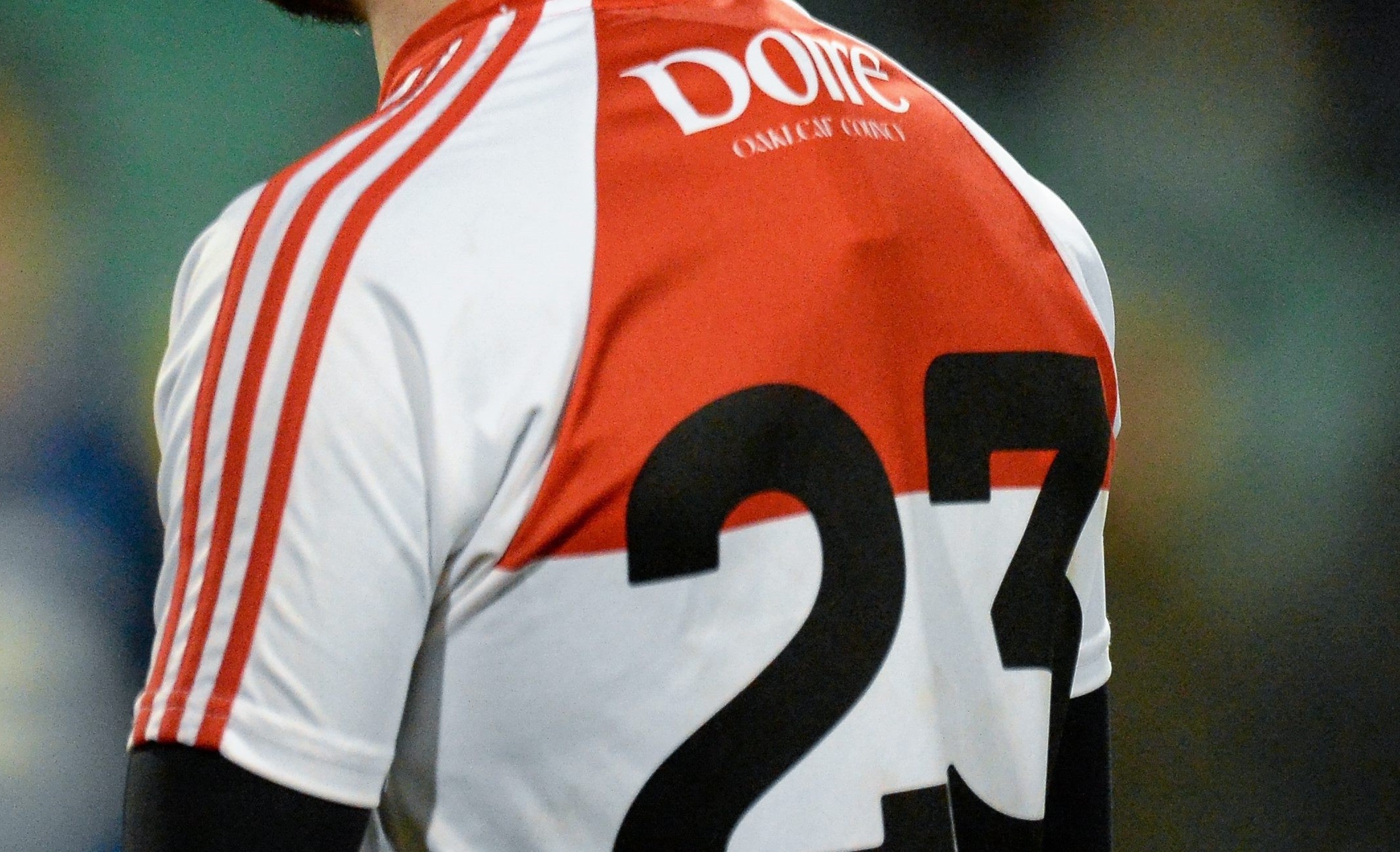PRE-SEASON in Gaelic football is about charging the battery, building enough running, strength, and repeat-effort capacity so players can handle the long haul without breaking down. When that battery is full, availability goes up and soft-tissue injuries go down. So our plan is simple: stack smart volume early, keep intensity where it needs to be, and track it all so we can adjust in real time.
We start by defining the physical picture we want by early league: robust repeat accelerations, enough high-speed running to match the game model, and strong bodies that tolerate contact and decelerations. In training that means pairing pitch conditioning (game-based runs and structured top-ups) with gym work (strength, power, landing/decels).
On the pitch we use any GPS like StatSports or PlayerData to track the key GPS KPIs:
– Total distance (TD)
– High-speed running (HSR) ~20–25 km/h
– Sprint distance >25 km/h
– Accelerations/Decelerations (ACC/DCC) counts/loads
Progression: over, taper, repeat
We “train like we play” by comparing weekly loads to match demands. Then we aim just above that range, progress for 3–4 weeks, taper one, and build again. With an 8–10 week pre-season we’ll use two 4-week blocks (3 up, 1 down). Early on, fatigue is a tool, we let it accumulate (safely) to grow capacity, while the gym tops up strength and power. No two players are the same, so we set personal maxes first (peak speed, HSR per minute, typical ACC/DCC). Weekly targets are then a % of each player’s own match output, not the team average. In a clean 1-2week we’ll roughly land around:
– TD: 280–360% of a game
– HSR: 250–310%
– Sprints: 210–240%
– ACC/DCC: 300–360%
We spread that across the microcycle:
– MD-7: small areas, big ACC/DCC
– MD-4: larger spaces, HSR/sprint emphasis
– MD-2: tactical intensity, moderate – low volume, keep the speed sharp
– Challenge Games? We add top-ups (runs or games) so each player still hits their week.
Live/post training feedback tell us if a drill is undercooking (add space, reduce rest) or overcooking (shrink pitch, swap reps). We set benchmarks before the drill (e.g., “150 m HSR in five minutes”) and manage to target. Tripwire’s help: if a player’s HSR or ACC/DCC spikes >20% above their rolling norm, or HR looks unusually high for the work, we flag and adjust the next session.
Style of play has a physical signature. A high press and fast transition demands more HSR and sprints; a slower build shifts toward TD and repeat accelerations. We design games to hit those signatures: want HSR? Use bigger grids, want ACC/DCC? Tighten space.
Practical lessons for coaches
1. Pick a few KPIs and stick to them. TD, HSR, Sprints, ACC/DCC is plenty.
2. Build a drill library. Know the typical per-minute load for your favourite games so session design is precise, not guesswork.
3. Fatigue early, freshness late. Use pre-season to create “good fatigue,” then protect sharpness as matches loom.
4. Numbers need context.
5. Communicate simply. Share targets before training and the why after. Trust rises; buy-in follows.
Bottom line: don’t just run more, run smarter. Use GPS to individualise, to mirror your tactics, and to keep the battery charging without frying the system. Come March, you’ll be fit, durable, and game-ready.
Gaelic Athletic Academy
Shane Rice
Receive quality journalism wherever you are, on any device. Keep up to date from the comfort of your own home with a digital subscription.
Any time | Any place | Anywhere















